AI Security Essentials for US Business Leaders: Building Trust in an Era of Intelligent Risk
DSSP2025-11-07T11:47:52+00:00When historians look back on this decade, they won’t call it The Age of AI. They’ll call it The Age of Intelligent Exposure. For the first time in business history, our competitive edge and our vulnerabilities run on the same code. Our greatest opportunity in Artificial Intelligence is also our greatest risk. In boardrooms across New York, Austin, and Seattle, CEOs are no longer asking, ‘How do we use AI?’ They’re asking, ‘How do we protect what AI touches?’ The invisible risks of AI Security are no longer theoretical. They are financial, reputational, and deeply human. You can’t automate trust. You have to architect it. And in 2025, trust has become the new form of corporate currency.
Why AI Security Defines This Decade
Ten years ago, cybersecurity was like building a digital moat to keep the bad guys out, locking the gates, and patching the leaks. But today’s threats don’t knock on the front door. They slip in through algorithms, APIs, and employee prompts. AI systems don’t just store information; they learn from it. When something learns, it can be taught the wrong lessons. Data poisoning, model inversion, and prompt injection are real threats that challenge every enterprise today. In 2024, IBM reported that AI-related breaches cost 40% more than traditional cyberattacks because AI systems evolve; they don’t just fail, they fail creatively. This isn’t just a technical challenge, it’s a leadership one. AI is not a ‘set and forget’ tool. It’s an organism adaptive, intelligent, and unpredictable.
From Protection to Prediction: The New Mindset
Traditional cybersecurity is defensive. AI Security demands foresight. Jonathan Brill calls this the shift from risk management to resilience design. If cybersecurity is chess, AI Security is quantum chess a thousand boards in motion, every piece learning as it moves. You can’t rely on static defences when your systems are dynamic.
Three core principles define this modern mindset:
1. Predictive Resilience Build feedback loops that detect, diagnose, and recover autonomously.
2. Transparent Governance Document for every data source, every model update, every decision.
3. Human Oversight: Keep people in control to ensure accountability and empathy.
The Five Pillars of AI Security
1. Data Integrity Guarding the Foundation
AI is only as good as its data. With synthetic and scraped content everywhere, the truth is negotiable. Validate every data source, apply encryption, and employ differential privacy. Guard your data like your brand.
2. Model Robustness Hardening the Brain
An AI model is only as strong as its weakest prediction. Adversarial training, red-teaming, and stress testing ensure your systems withstand manipulation and unpredictability.
3. Ethical Guardrails Building Morality into the Machine
Unethical AI is insecure AI. Embed ethics into engineering, create ethics boards, use Explainable AI (XAI), and audit for fairness. Transparency doesn’t slow innovation; it accelerates trust.
4. Access Control Guarding the Gates of Intelligence
The biggest threats come from within. Enforce role-based access, multifactor authentication, and audit logs. Every employee prompt is a potential data breach waiting to happen.
5. Continuous Monitoring From Audits to Autonomy
AI evolves in real time. Continuous monitoring and real-time drift detection must replace static audits. Visibility is your new defence.
The US Regulatory Landscape: Leading Before the Law
America’s regulatory stance on AI is evolving fast but inconsistently. The White House Executive Order on Safe, Secure, and Trustworthy AI (2023) set the tone for federal policy, but enforcement remains patchy. Forward-thinking leaders aren’t waiting; they’re self-regulating. Documentation, transparency, and collaboration are the cornerstones of responsible AI deployment.
Best practices for proactive governance:
1. Document everything: data lineage, model updates, audit results.
2. Adopt frameworks early that align with NIST’s AI Risk Management Framework.
3. Share insights collaborate with peers to strengthen industry-wide defences.
The Human Factor: Security as a Culture
Technology doesn’t fail on its own; people do. The weakest link in AI Security isn’t the code, it’s the culture. Organisations that treat AI as a technical issue will continue to suffer from governance gaps and internal mishandling. AI security culture starts when every employee, from intern to C-suite, understands their role in safeguarding intelligence.
Invest in:
– AI ethics and security training.
– Scenario-based response drills.
– Recognition for vulnerability disclosure.
When employees feel ownership over AI safety, vigilance becomes second nature.
Case Studies: Leaders in AI Security
Microsoft Security by Design
Microsoft embeds AI Security directly into the software lifecycle. Its Responsible AI Standard requires fairness testing, red-teaming, and human-in-the-loop verification before deployment.
Google Open Source Accountability
Google’s open-source frameworks like TensorFlow Privacy and Explainable AI enable public auditing and confidence-building. Transparency has become Google’s competitive advantage.
Intel Hardware-Rooted Protection
Intel has embedded security at the chip level, ensuring data protection even before AI models are trained. Its confidential computing architecture is redefining enterprise-grade trust.
The Future of AI Security: Intelligence Protecting Itself
By 2030, AI will defend itself. Autonomous defence models will self-diagnose drift, auto-encrypt data, and share insights across networks. The era of intelligent defence is coming, where AI Security evolves into a living immune system for the digital enterprise.
But with autonomy comes accountability. As AI becomes more self-sufficient, human foresight becomes more critical. The question won’t be ‘Can we secure it?’ — it will be ‘Should we deploy it?’ Leadership must evolve from control to consciousness.
Conclusion: Lead with Foresight, Not Fear
Jonathan Brill once said, ‘The future isn’t something that happens to us, it’s something we build.’ AI Security isn’t about paranoia or constraint; it’s about resilience, responsibility, and foresight. The companies that dominate the next decade won’t have the biggest AI models; they’ll have the safest, most trusted ones. Technology doesn’t secure itself; people do. Trust isn’t a byproduct of intelligence; it’s its foundation.



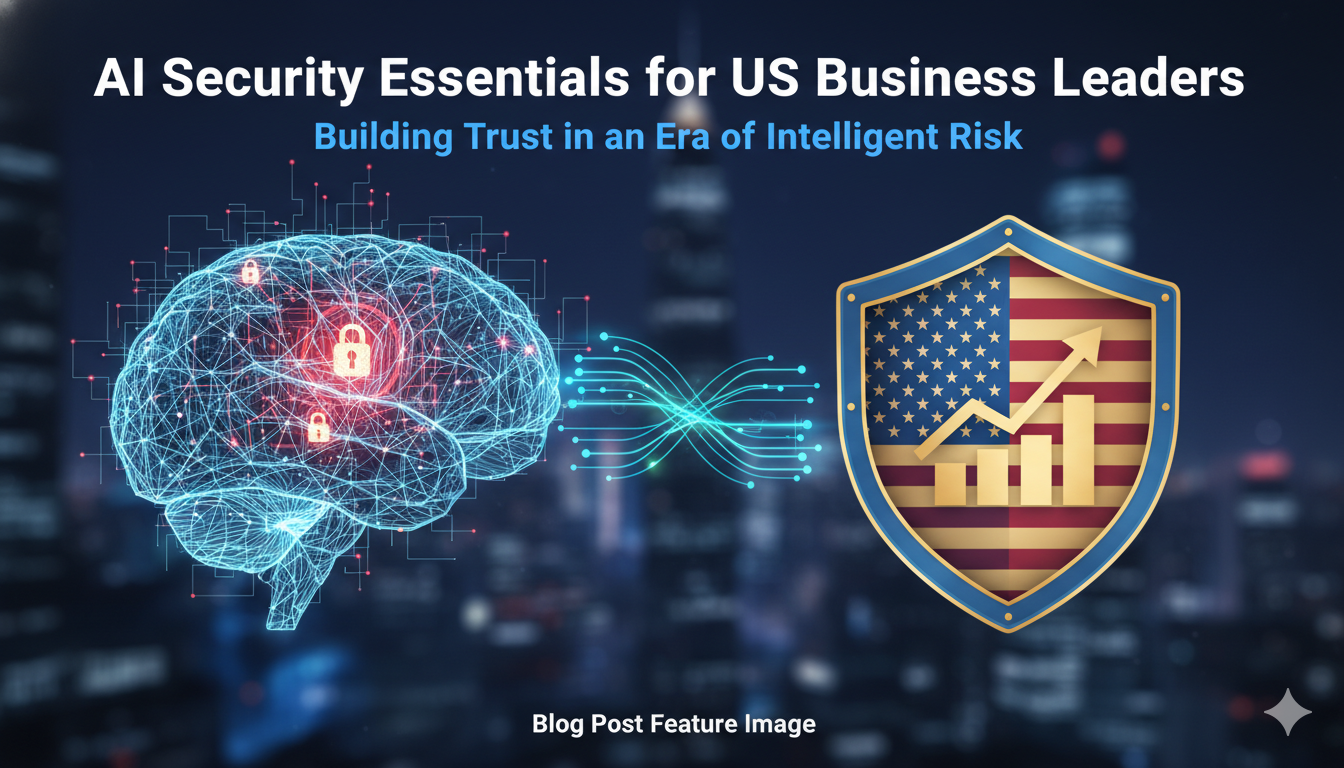

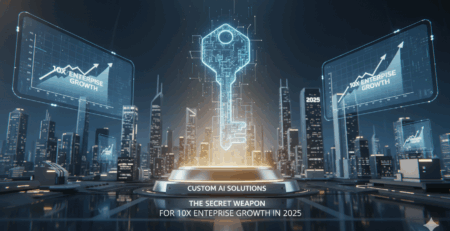

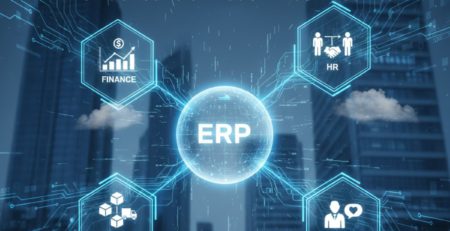


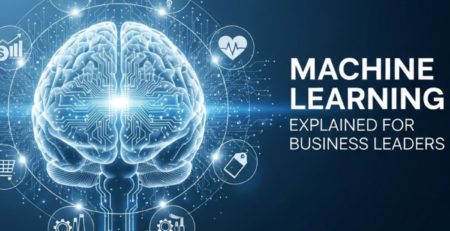
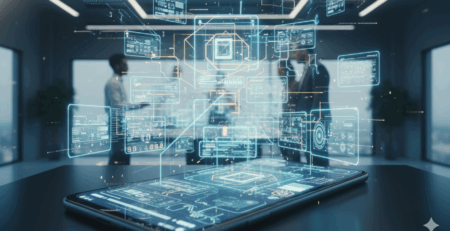
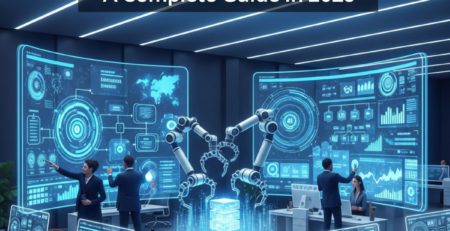


Leave a Reply